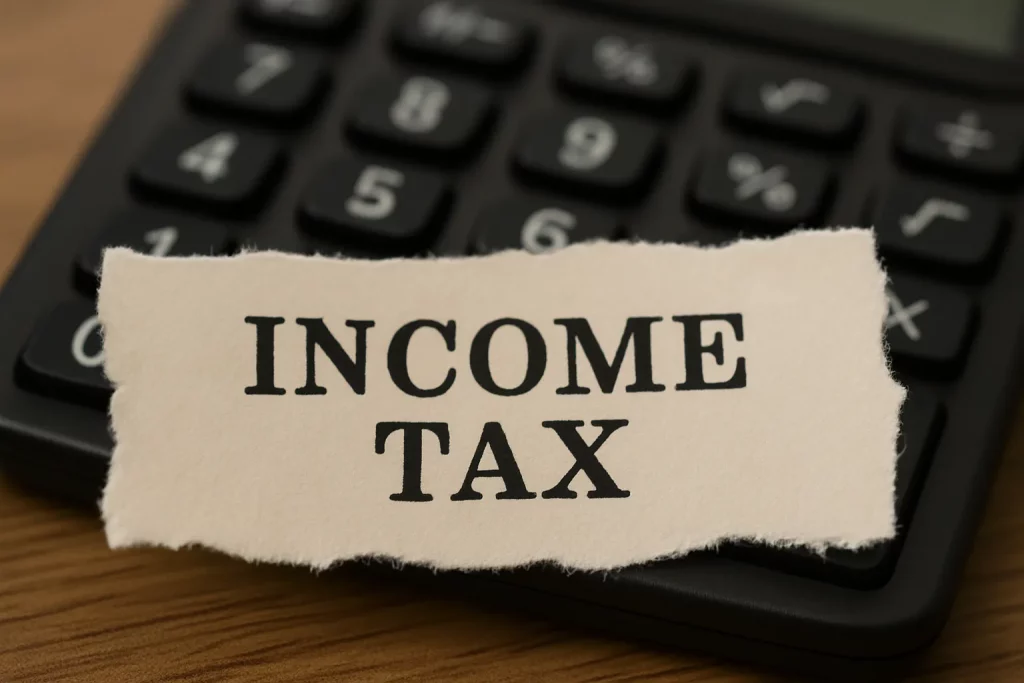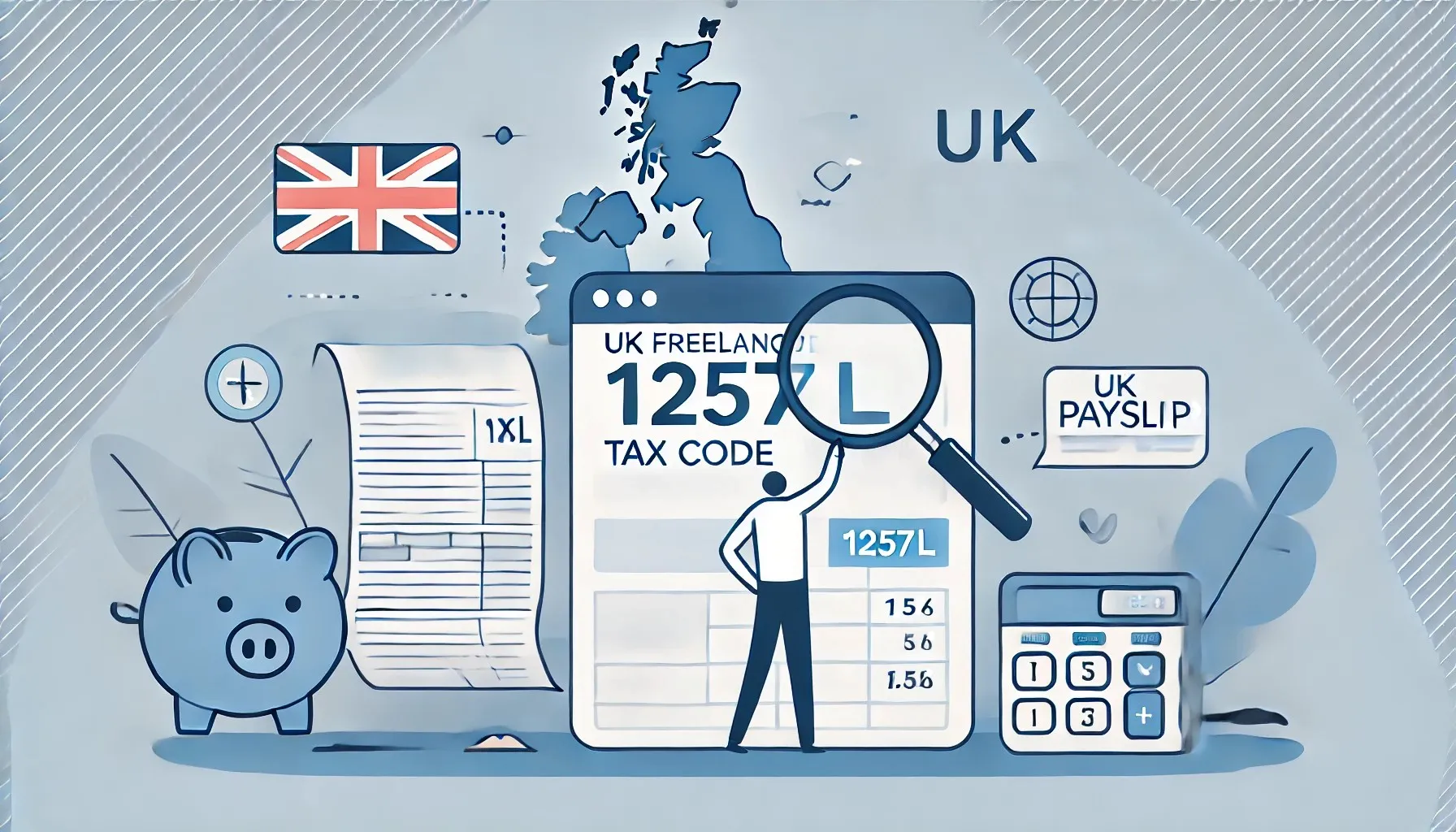Understanding Income Tax in the UK
- 18 May 2025

Demystifying how income tax rates and bands really work
A recent poll suggests that many adults in the UK do not fully understand how income tax works.
This lack of understanding can lead to missed opportunities or poor financial decisions. In this guide, we aim to clarify how income tax is calculated, explain common misconceptions, and provide examples and visuals to help you feel more confident about your income tax.
What’s Inside This Guide
- Misunderstanding income tax rates and bands
- How tax rates and bands work
- Income tax bands explained using a pie analogy
- Examples of how income tax is calculated
- What is a marginal tax rate?
- Why understanding tax bands matters
- Example: Working extra hours or accepting a promotion

Common Misunderstanding: Income Tax Bands
Many people mistakenly believe that once their income enters a higher tax band, their entire income is taxed at that higher rate.
This is incorrect. UK income tax is progressive, meaning you only pay the higher rate on the portion of income within that specific band.
✅ You can view the results of our related poll on the Tax Policy Associates website.
How Income Tax Bands Work (England, Wales, NI)
The UK uses a tiered tax system:
Personal Allowance
- First £12,570 of income
- Tax-free
Basic Rate Band
- From £12,571 to £50,270
- Taxed at 20%
Higher Rate Band
- From £50,271 to £125,140
- Taxed at 40%
Additional Rate Band
- Over £125,140
- Taxed at 45%
You only pay the relevant rate on income within each band.
Visual Analogy: Think of Your Income as a Pie
Imagine your income as a pie, and HMRC takes different sized slices from different parts:
- The first slice (£12,570) = tax-free
- The next slices = taxed at 20%, then 40%, and so on
Only the slice above each threshold is taxed at the higher rate
Example: Bilkis’ Tax Breakdown Scenario:
- Bilkis lives in England
- Earns £55,000 in 2024/25
- No other income
Tax Calculation:
- £12,570 tax-free
- £37,700 @ 20% = £7,540
- £4,730 @ 40% = £1,892
Total tax = £9,432
Effective tax rate = 17%, not 40%!
If all her income was taxed at 40%, she’d owe £22,000 — which clearly isn’t the case.
What Is the Marginal Tax Rate?
Your marginal rate is the rate you’ll pay on your next £1 of income.
Example:
Larisa earns £51,000 in Northern Ireland. She’s now into the 40% band, so:
Her marginal tax rate is 40%
If she earns £1 more, she pays 40p tax and keeps 60p
Why Understanding This Matters
People often turn down opportunities due to tax myths:
Examples:
- Promotions
- Overtime
- Second jobs
- Side hustles or freelance contracts
Sean’s Promotion Example
- Sean earns £48,000 in Wales
- He’s offered a raise to £52,000
- Fears all income will be taxed at 40% (Welsh higher rate starts at £50,270)
Reality:
- Only £1,730 taxed at 40% = £692
- Remaining raise taxed at 20% = £454
- Total extra tax = £1,146
- Net gain = £2,854
Sean accepts with clarity, not fear.
Key Takeaways
- Tax bands apply only to the portion of income within each band
- Your marginal rate is not your average rate
- Knowing how tax works can help you make better career and financial decisions
Need help understanding your tax position? SBX Accountants can explain your exact situation and help you make informed financial choices. Book a free callback today.





